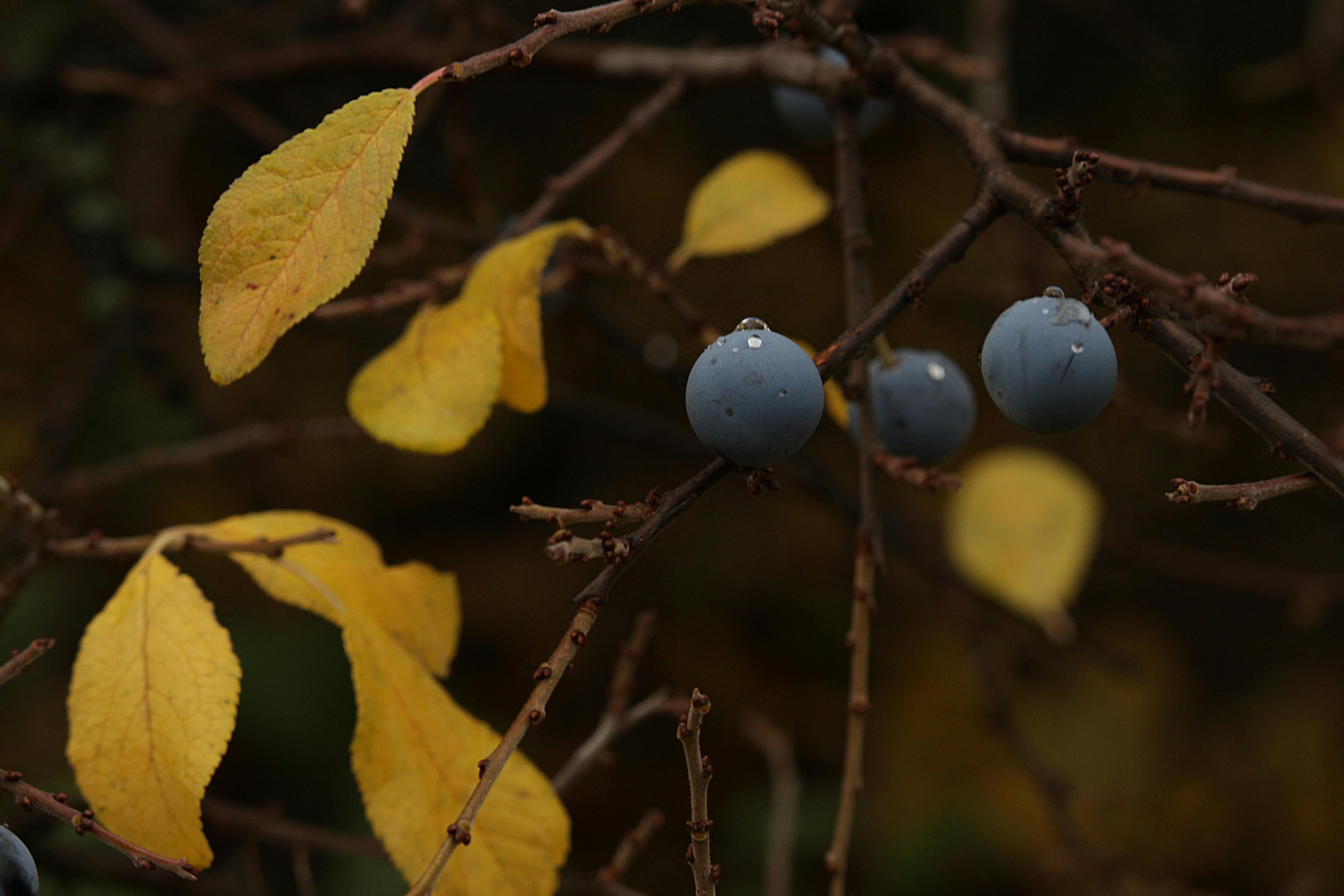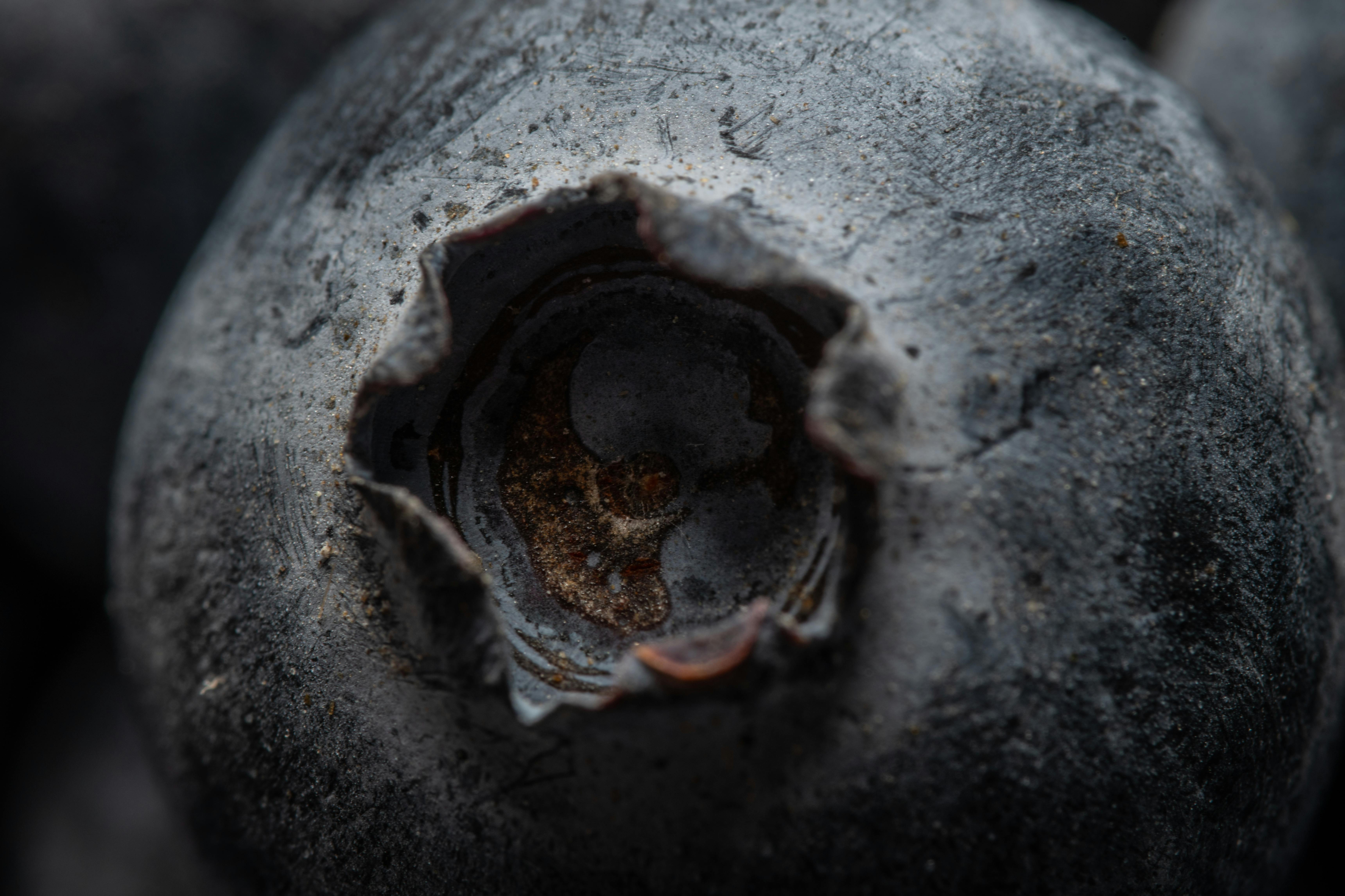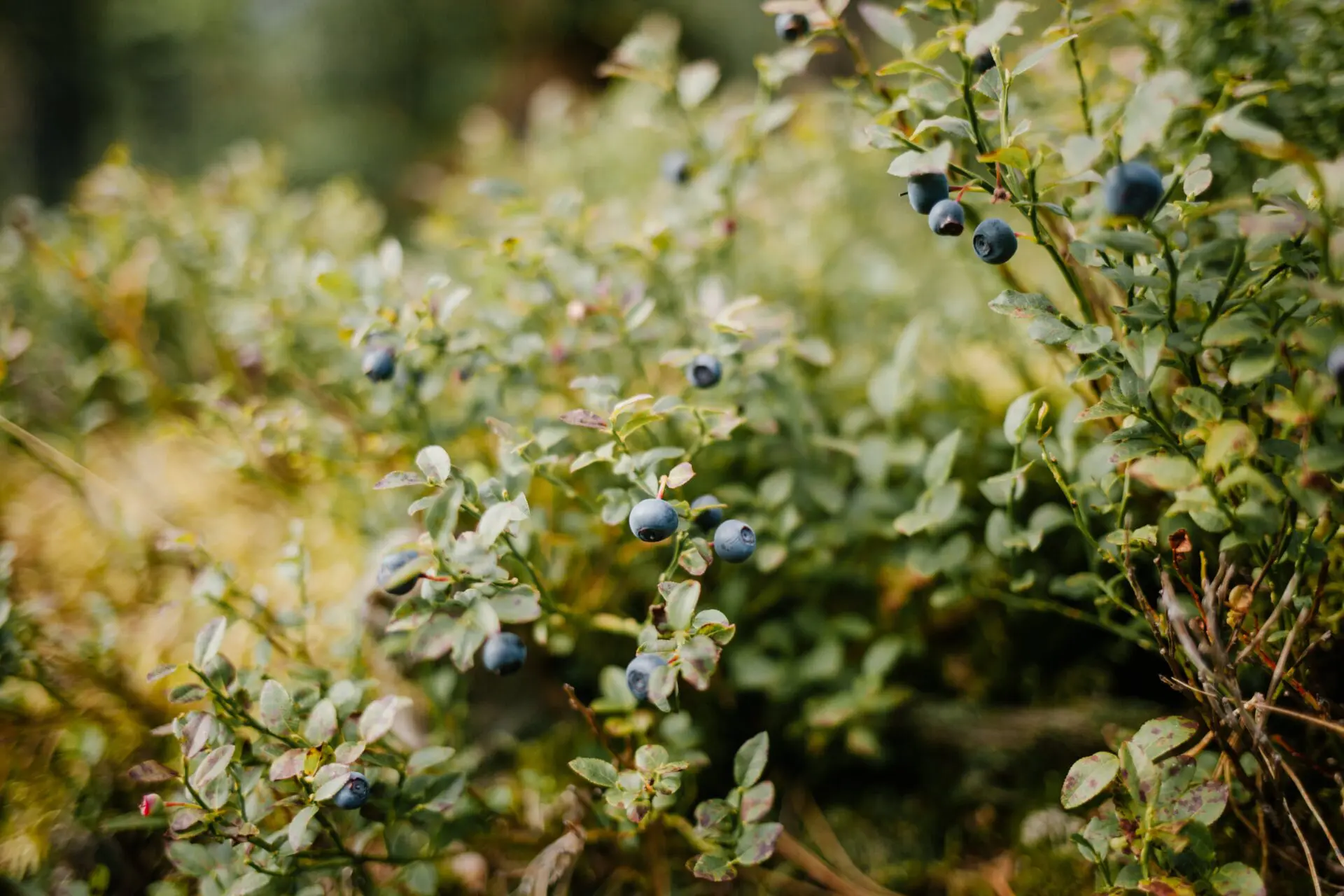Transplanting blueberry bushes can be a great way to add a colorful and delicious addition to your garden. Blueberries are a perennial crop, meaning that they can be harvested year after year. Knowing when to transplant blueberry bushes is important for their health and growth. The best time for transplanting blueberry bushes is in the late fall or early spring, when the plants are dormant. This will give them plenty of time to become established in their new home before the growing season begins.The best time to transplant blueberry bushes is in late winter or early spring, before the plant begins to break dormancy. This ensures that the plant has enough time to establish a healthy root system before it starts actively growing in the warmer months.
Transplanting Blueberry Bushes
Transplanting blueberry bushes can be a great way to improve the health and yield of your blueberry crop. Transplanting provides a variety of benefits, such as increased soil fertility, better drainage, improved air circulation, and increased yields. Additionally, transplanting allows you to move your plants to a more suitable location or to provide them with better sunlight exposure.
Transplanting blueberry bushes can also help reduce disease pressure in the garden. By moving the bushes away from an area where disease has been present, you can reduce the spread of disease-causing organisms. Additionally, transplanting allows you to take advantage of new soil conditions that may be more conducive to growing healthy blueberries.
Finally, transplanting provides an opportunity for rejuvenation in older plants. By transplanting older plants into new soil with improved fertility levels and better drainage and air circulation, you can help the bush regain vigor and produce abundant yields of quality fruit. Transplanting is an easy way to improve the health of your blueberry crop and increase your yields as well.
Preparing a Blueberry Bush for Transplanting
Transplanting a blueberry bush is a great way to get more of these delicious fruits in your garden. However, it is important to take the time to properly prepare the bush before transplanting. The following steps should be taken to ensure the health and success of your blueberry bush after transplantation.
The first step is to choose the right time for transplantation. The best time to transplant a blueberry bush is in early spring or late fall, when the weather is cooler and the soil is still moist. Make sure there are no signs of frost in the area, as this can damage the plant’s roots.
Next, you will need to dig around the base of the bush and remove it from its current location. Take care not to damage any of the roots during this process, as this can severely hinder its ability to survive after transplantation. Once you have removed the bush, gently shake off any excess soil from its roots before placing it in its new location.
When it comes time for planting, make sure you use well-drained soil that contains plenty of organic matter such as compost or manure. This will help ensure that your blueberry bush has all of the nutrients it needs to thrive in its new home. Make sure to also water your plant frequently during this period, as newly transplanted plants are more susceptible to drought stress.
Finally, once your blueberry bush has been planted in its new location, be sure to mulch around it with an organic material such as wood chips or straw. Mulching will help retain moisture and regulate temperatures around your plant’s roots, which will ultimately improve its chance of successful long-term growth. With these steps taken care of, you can now sit back and enjoy watching your blueberry bush thrive!
Digging the blueberry bush
Digging a blueberry bush is a simple but time-consuming task. Before you start digging, you must decide where the new location of the bush will be and plan out an area that is large enough for the bush to spread out. You should also make sure there is adequate drainage so that the roots of the bush can be well-nourished. Once you have decided on a location, you can begin digging around the perimeter of the bush with a shovel or spade. Carefully dig around each root and use your hands to gently loosen any clumps of soil that may be stuck together. Try not to damage any of the roots in order to ensure that they remain intact when transplanting. Once you have completed digging around the entire perimeter of the bush, carefully lift it out of its existing location and place it in a wheelbarrow or on a tarp for easy transportation.
Transplanting The Blueberry Bush
Once you have transported your blueberry bush to its new destination, it’s time to transplant. Begin by preparing your new planting site by loosening up any compacted soil and adding some compost or organic matter. Make sure to dig a hole that is large enough for all of the roots of your blueberry bush to fit comfortably without being cramped. Place your blueberry bush in the centre of its new hole and carefully spread out its roots before backfilling with soil. Gently pat down around each root so as not to displace them and then water generously to help settle them in their new home. After planting, add a layer of mulch like pine needles or straw around your newly transplanted blueberry bush for added insulation and moisture retention.
With proper care and maintenance, your newly transplanted blueberry bush should thrive in its new home!
Soil Amendments for Transplanted Blueberry Bushes
When transplanting blueberry bushes, it is important to amend the soil with a few key ingredients. These soil amendments will help promote root growth, increase water retention, and improve drainage. The most common soil amendments for blueberry bushes include organic matter such as compost, mulch, or manure; peat moss; and gypsum.
Organic matter is an essential component of healthy soil for blueberries. It helps to break up heavy clay soils and improve poor sandy soils so that nutrients are readily available to the plant roots. Compost is a great source of organic matter, as it can provide essential nutrients to the soil. Manure and mulch can also be added to increase organic material in the soil.
Peat moss is another important amendment for blueberries as it helps to increase water retention and improve drainage in sandy soils. It also helps to aerate the soil and reduce compaction. Peat moss should be added in small amounts as it breaks down slowly over time.
Gypsum can also be used as a soil amendment for blueberries. It helps to loosen heavy clay soils which can help promote better root growth and increased water absorption by plants. Gypsum should be added in small amounts until the desired effect is achieved; too much gypsum can cause problems with pH levels in the soil which could stunt growth of your blueberry bushes.
By adding these key amendments when transplanting blueberry bushes, you will ensure that they get off to a good start with plenty of essential nutrients available for healthy root growth and development.

How To Care For A Newly Transplanted Blueberry Bush
Caring for a newly transplanted blueberry bush is an important part of ensuring it gets off to a strong start. With proper care, your blueberry bush should start to produce fruit in its second or third year. Here are some tips on how to best care for your new blueberry bush.
The first step is to make sure your blueberry bush is planted in the right place. It needs plenty of sunlight and well-drained soil that’s rich in organic matter, such as compost or aged manure. If you’re planting in a pot, make sure the pot is large enough and has drainage holes at the bottom.
Give your new blueberry bush plenty of water during its first year, especially during dry spells. Water deeply once or twice a week, making sure the roots get plenty of moisture. You can check soil moisture by sticking your finger into the soil up to your knuckle – if it’s dry, it’s time to water!
In addition to regular watering, fertilizing is also important for helping your blueberry bush grow healthy and strong. Feed it with an organic fertilizer every spring and again in late summer or early fall.
Finally, mulching around the base of your blueberry bush can help keep the soil cooler and moist while also suppressing weeds. Use organic mulch such as bark chips or straw and spread it around the base of the plant but not directly against its stem.
By following these steps you’ll have a healthy blueberry bush that will soon be producing delicious fruit!
Fertilizing Newly Transplanted Blueberry Bushes
Fertilizing newly transplanted blueberry bushes is an important step in establishing a healthy and productive blueberry bush. When transplanting a blueberry bush, the soil should be amended with organic matter such as compost or aged manure to help improve the soil quality and drainage. Once the blueberry bush has been transplanted, it should be fertilized regularly to ensure that it receives all of the necessary nutrients for healthy growth and development.
When fertilizing a newly transplanted blueberry bush, it’s important to use a fertilizer specifically designed for blueberries. The fertilizer should provide both macro- and micro-nutrients such as nitrogen, phosphorus, potassium, calcium, magnesium, iron and zinc. The amount of fertilizer used will depend on the size of the bush. Generally speaking, smaller bushes need less fertilizer than larger bushes.
It’s also important to fertilize a newly transplanted blueberry bush at the right times throughout the year. The best time to fertilize is in late winter or early spring before new growth begins. This will give the plant time to absorb the nutrients before new growth begins in late spring or early summer. During this time period, an additional application of fertilizer may be needed if necessary.
In addition to fertilizing in late winter or early spring, it’s also recommended to fertilize again in late summer or early fall as this can help promote strong root growth and overall health of the plant for next season’s growth.
Overall, when caring for a newly transplanted blueberry bush it’s important to remember that regular fertilization is key for healthy growth and development of your plants. Be sure to use a fertilizer specifically designed for blueberries and apply it at least twice throughout the year: once in late winter/early spring and once in late summer/early fall. This will help ensure that your plants are getting all of the necessary nutrients they need for optimal health and productivity!
Special Considerations for Transplanting a Blueberry Bush in Pots
Transplanting a blueberry bush into a pot requires some special considerations to ensure that the plant will thrive. When transplanting, it is important to select a pot that is large enough to accommodate the root system of the blueberry bush. The pot should also have adequate drainage holes to allow excess water to escape and prevent waterlogging. When selecting soil for the pot, it is important to use an acidic soil mix that has a pH range of 4.0 – 5.5, as blueberries prefer more acidic soil than other plants.
Additionally, it is important to ensure that the roots are well-established before transplanting the blueberry bush into its new home. When planting, make sure to cover all of the roots with soil and press down lightly around the edges of the pot so that there are no air pockets or gaps in which water could accumulate and cause root rot. After planting, give the newly transplanted bush plenty of water and place it in an area with plenty of sunlight and away from any strong winds or drafts.
Finally, when transplanting a blueberry bush into a pot, it is important to keep an eye on its growth and watch for signs of pests or disease. Regular pruning can help keep your blueberry bush healthy by removing dead or damaged branches and promoting healthy growth. Additionally, fertilizing once or twice per season can help maintain soil fertility and promote optimal growth for your blueberry bush. With proper care and regular maintenance, you can ensure that your potted blueberry bush will thrive for years to come!

Conclusion
Transplanting blueberry bushes can be a great way to increase your harvest and keep the plants healthy. The timing of transplantation is important, as blueberry bushes need to be moved when they are dormant. Planting in late winter or early spring gives the plants time to establish roots before the heat of summer begins. Moving them during the growing season can mean losing some or all of the current year’s fruit production, so it is best to plan ahead. When transplanting blueberry bushes, take care to plant them at the same depth as they were previously growing and water them regularly until they are established. With careful planning and attention, you can successfully move your blueberry bushes for a larger harvest in future years.
Blueberries are a delicious and nutritious addition to any garden, so no matter when you choose to transplant them, you are sure to enjoy their sweet rewards!



